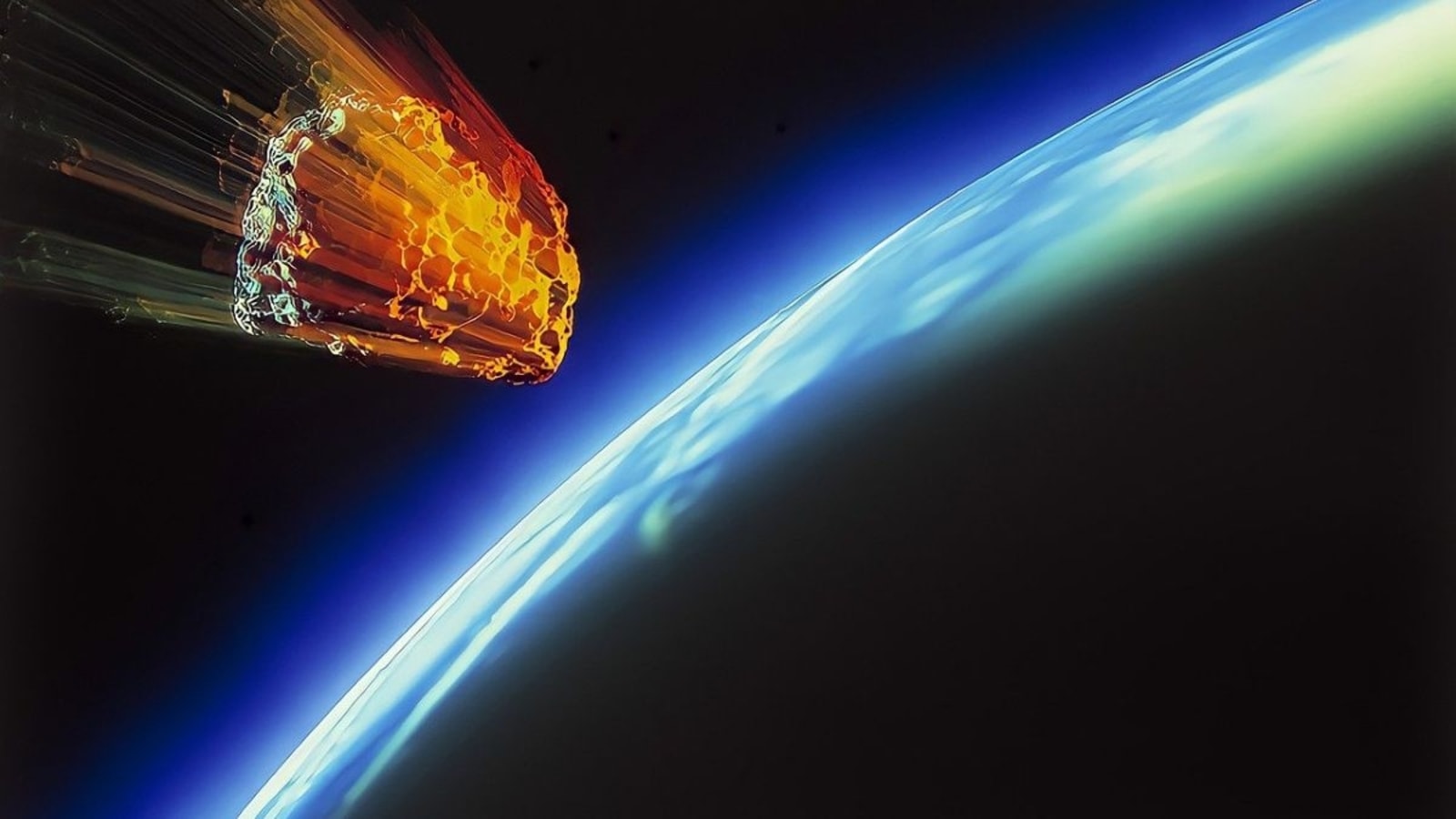Building-Sized Asteroid's Close Approach to Earth: What You Need to Know
In a startling cosmic event, a colossal asteroid of building-sized proportions is hurtling towards Earth, set to make its closest approach on August 25. This celestial visitor, designated as 2023 QG4 by astronomers, boasts dimensions of approximately 120 feet in width and a staggering velocity of about 86,530 kilometers per hour.
The Close Encounter
On the aforementioned date, this celestial wanderer is projected to come closest to our planet at an estimated distance of 2.5 million kilometers. While this proximity may sound alarming, rest assured that in the vast expanse of the cosmos, this qualifies as a "close approach" in astronomical terms, though still a safe enough distance to preclude any threat of impact on Earth.
NASA's Vigilant Watch
The vigilant eyes of NASA's experts are fixed on the trajectory of this interstellar guest. The agency is employing an array of telescopes and satellites to meticulously track the asteroid's journey through the heavens. Although current projections do not predict an imminent collision, the trajectory's potential to deviate keeps the scientific community on high alert.

Assessing the Risk
The classification of 2023 QG4 as a "potentially hazardous asteroid" derives from its substantial size and its relatively near pass by Earth. Yet, despite this classification, NASA has confidently asserted that the immediate risk to our planet remains negligible. There is no immediate cause for concern, as the astronomical authorities are actively monitoring and analyzing the trajectory for any changes.
Staying Prepared
In the event of any unexpected shifts in the asteroid's path, NASA commits to issuing a prompt public alert. But let's not jump to conclusions; panic isn't warranted. With the current data at hand, there's no impending danger of the asteroid making contact with Earth in the near future. It is, however, prudent to remain informed about the potential risks associated with celestial bodies and stay attuned to the most recent developments.
Unveiling the Asteroid's Story
A few key facts serve to deepen our understanding of this enigmatic wanderer:
1. Discovery and Origins
The Catalina Sky Survey, a vigilant astronomical observation effort, spotted this wandering rock on August 16, 2023. Its origins and journey through the cosmos remain subjects of intrigue for astronomers and space enthusiasts alike.
2. Apollo Asteroid Classification
2023 QG4 earns the classification of an "Apollo asteroid." This term denotes its orbit, which intersects with Earth's own orbit as it encircles the Sun. This unique orbital pattern adds to the asteroid's mystique and scientific significance.
3. Composition
Composed of a combination of rock and metal, this asteroid provides scientists with insights into the composition of objects that traverse our solar system. Analyzing its composition could offer valuable clues about the formation and evolution of celestial bodies.
4. Future Encounters
The year 2046 holds the next prospective rendezvous between Earth and 2023 QG4. This impending reunion offers researchers the opportunity to gather further data and refine their understanding of its orbit and behavior.
NASA's Ongoing Investigation
The research and observation of 2023 QG4 remain ongoing. NASA's dedicated scientists are working diligently to accumulate data, scrutinize its characteristics, and unravel the mysteries it holds. As new discoveries emerge, the agency is committed to sharing these insights with the global community.
As the cosmic ballet unfolds, our planet continues its voyage through the cosmos, occasionally crossing paths with intriguing visitors like 2023 QG4. While the concept of a massive asteroid may evoke apprehension, scientific understanding and observation provide reassurance. We shall continue to gaze towards the skies with wonder, embracing the boundless knowledge that unfolds with each celestial encounter.
FAQs
Q1: Should we be concerned about the asteroid's approach? A1: No immediate concern is warranted. The asteroid's projected distance is considerable, and NASA is actively monitoring its trajectory.
Q2: How was the asteroid discovered? A2: The Catalina Sky Survey identified the asteroid on August 16, 2023.
Q3: Is there a chance the asteroid could impact Earth in the future? A3: While unlikely, NASA is diligently tracking the asteroid's path for any changes.
Q4: What is the significance of the "Apollo asteroid" classification? A4: This classification indicates the asteroid's orbit intersects with Earth's, adding to its scientific importance.
Q5: How can I stay updated on this asteroid's progress? A5: NASA will provide updates, and staying connected with reputable astronomical sources will keep you informed.
.png)
.png)
